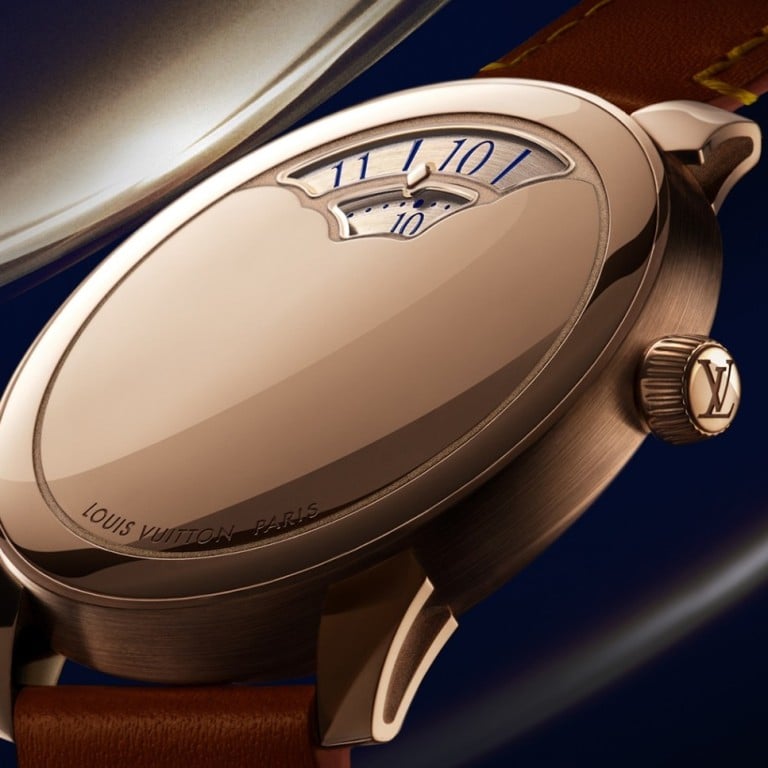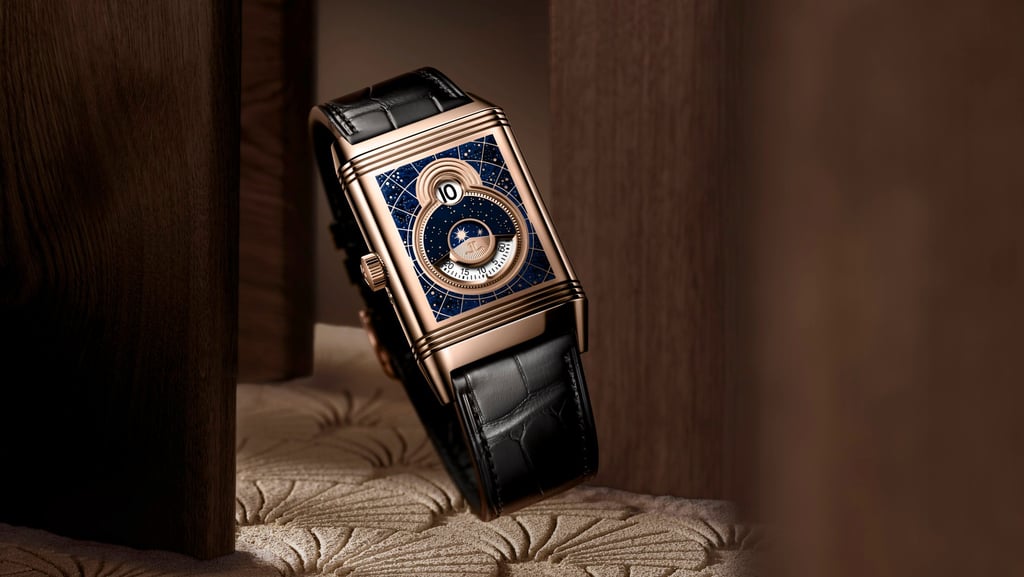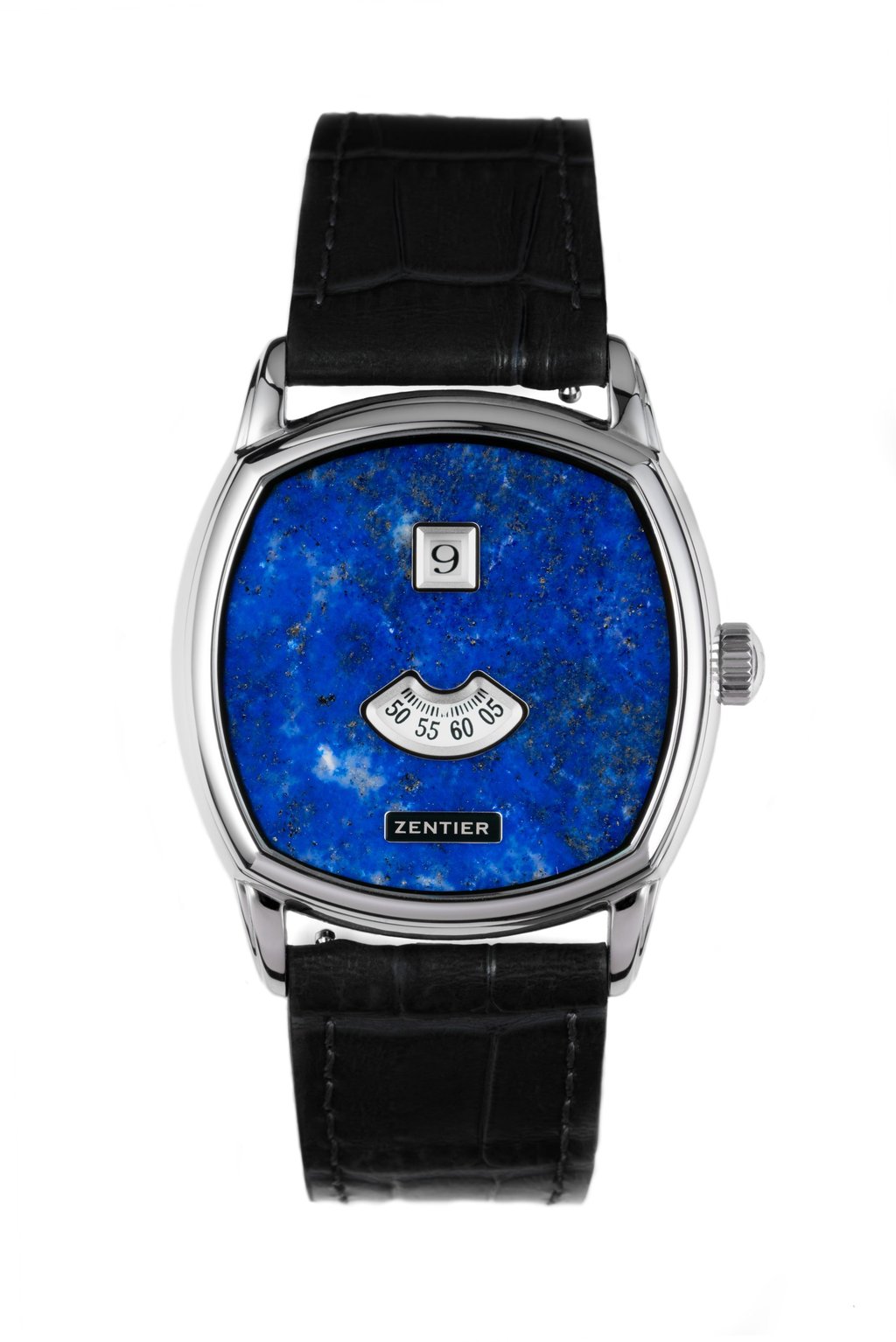Why jump-hour watches are making a comeback: IWC pioneered the earliest model in 1885, now Jaeger-LeCoultre and Louis Vuitton are weighing in – and Watch Ho & Co x Zentier’s pieces sold out in seconds

These artfully mechanical timepieces are experiencing a renaissance, blending vintage charm with modern precision to captivate a new generation of watch collectors
The idea dates back to 1656, when the Campani brothers built a clock for Pope Alexander VII that showed rotating numerals when the openworked dial was illuminated from behind by an oil lamp or candle – silent and visible in the dark. But it was Josef Pallweber who, in 1883, gave us the jump hour as we know it today, using discs instead of hands.

Meanwhile, Cartier’s 1928 Tank à Guichets distilled the concept into art deco minimalism: no hands, just windows with sharp numerals. Collectors clearly like the design – timepiece collectors’ club Watch Ho & Co. recently chose the Zentier Lapis Sauté as its first ever collaborative piece, in two limited edition runs with malachite and lapis lazuli dials.

Ho worked with Zentier founder Morten Loewe to develop a piece with a precious stone dial, stepped bezel and vintage size 36mm case to house the jump-hour piece. “The vintage and retro design really resonated with me,” Ho added. “Especially since we both share a love for vintage and neo-vintage Audemars Piguet.” The first run of 88 pieces for the malachite dial sold out in under a minute. The subsequent lapis lazuli edition was inspired by Mount Fuji, and met with similar success.
“Morten deserves all the credit for creating such an incredible piece and for being open to my many ideas to refine the Sauté,” Ho says. “The name Sauté, which means a jump or leap in dance parlance, perfectly captures the grace and movement of the timepiece, especially fitting for Morten, a former World DanceSport Champion.”
